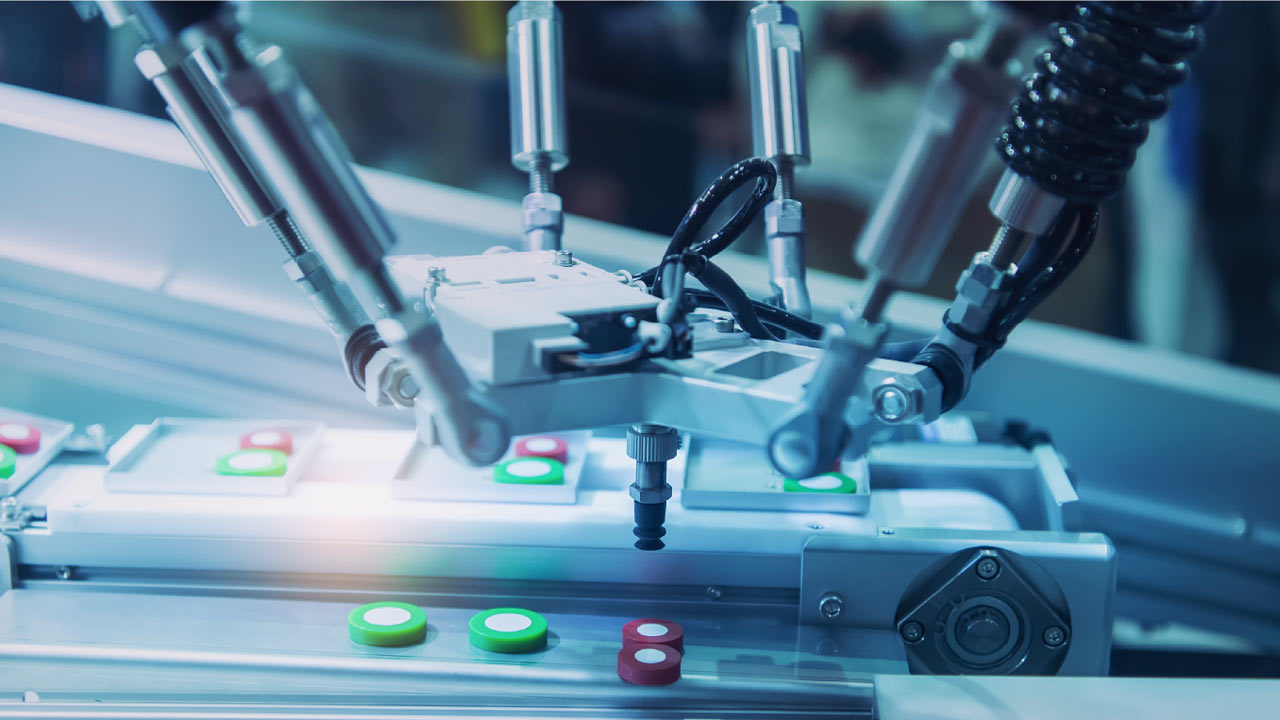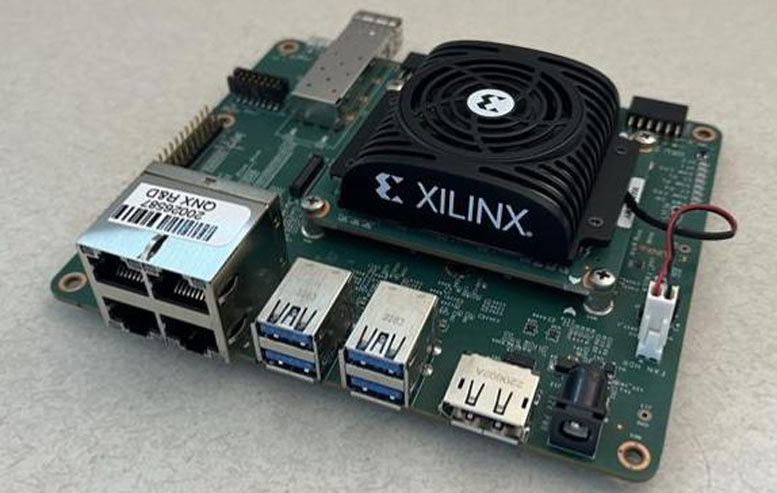AMD and BlackBerry team up for robotic systems — Kria developer boards with QNX software will 'revolutionize' next-gen robotic systems
The collab will make robots more precise and responsive.

AMD and BlackBerry announced a collaborative effort to advance next-generation robotic systems at Embedded World. The iconic tech company pairing said that new real-time platforms powered by AMD Kria K26 System on Modules (SOM) and BlackBerry’s QNX Software Development Platform (SDP) were ready to “revolutionize next-generation robotic systems.” Specifically, the potent mix of processing and real-time OS will reduce latency and jitter, and improve the repeatable determinism of robotic actions.
Reduced latency means faster performance — and time is money, so we are sure this will be welcome to robotics systems users. Fixing or minimizing jitter implies the robotic system will be able to complete more accurate, higher-quality work — another big benefit promised by the collaboration between AMD and BlackBerry QNX.
The more complicated concept of ‘repeatable determinism’ is also extremely important in robotics. This refers to the ability of a robot to perform the same action (or set of actions) with consistent results every time, under the same conditions. Many robotics tasks will benefit from this greater mix of precision and reliability, especially finely-tuned safety-critical robotic tasks, such as surgical and automotive work.

According to the press release from BlackBerry, the AMD Kria board (which features both Arm and FPGA programmable logic-based architecture) powers the advanced capabilities of the QNX microkernel real-time operating system (RTOS) in its new solution. The combination enables sensor fusion, high-performance data processing, real-time control, industrial networking, and reduced latency in robotic applications.
Grant Courville, BlackBerry QNX VP of Product & Strategy, summed up the collaborative achievement as “an integrated software-hardware foundation offering real-time performance, low latency, and determinism, to ensure that critical robotic tasks are executed with the same level of precision and responsiveness every single time.”
It remains to be seen whether the new technology will revolutionize the robotics industry or take robotics beyond its current restraints, which is what's being touted in the press release. Hopefully, the collaboration will continue regardless, however, as it sounds highly worthwhile.
Get Tom's Hardware's best news and in-depth reviews, straight to your inbox.

Mark Tyson is a news editor at Tom's Hardware. He enjoys covering the full breadth of PC tech; from business and semiconductor design to products approaching the edge of reason.